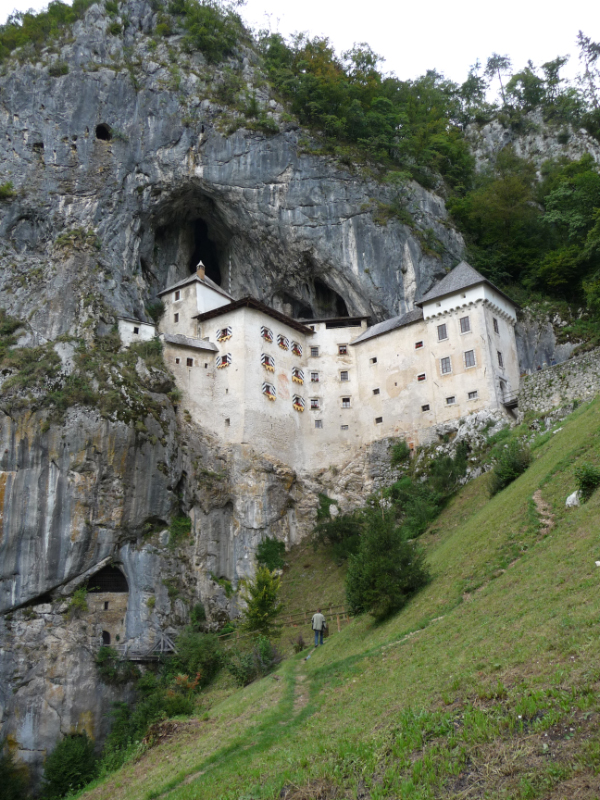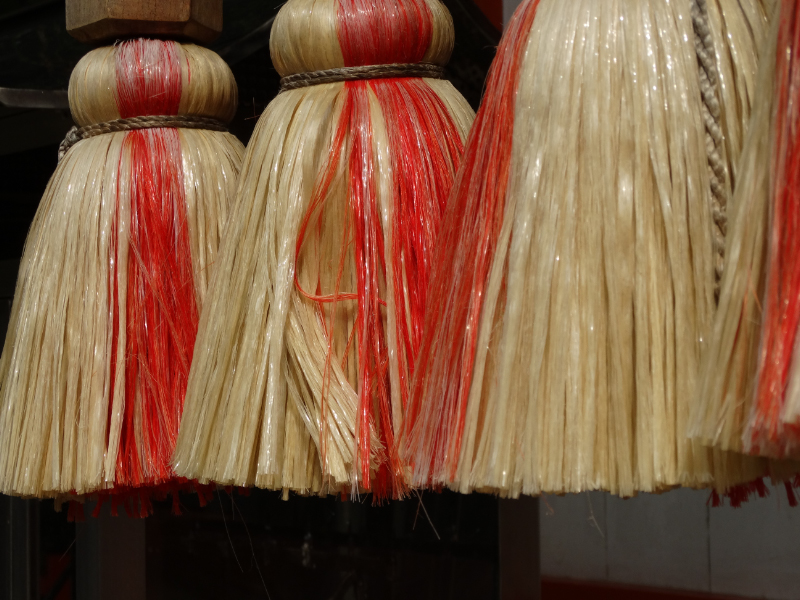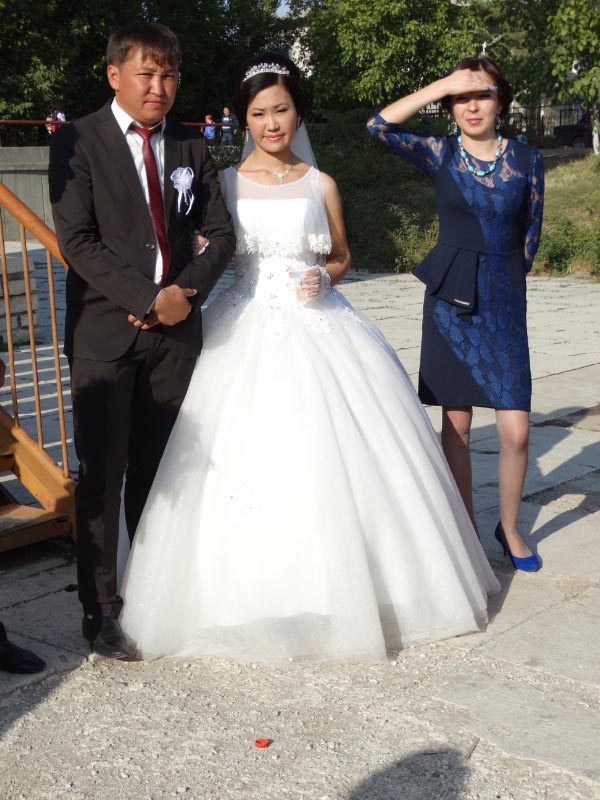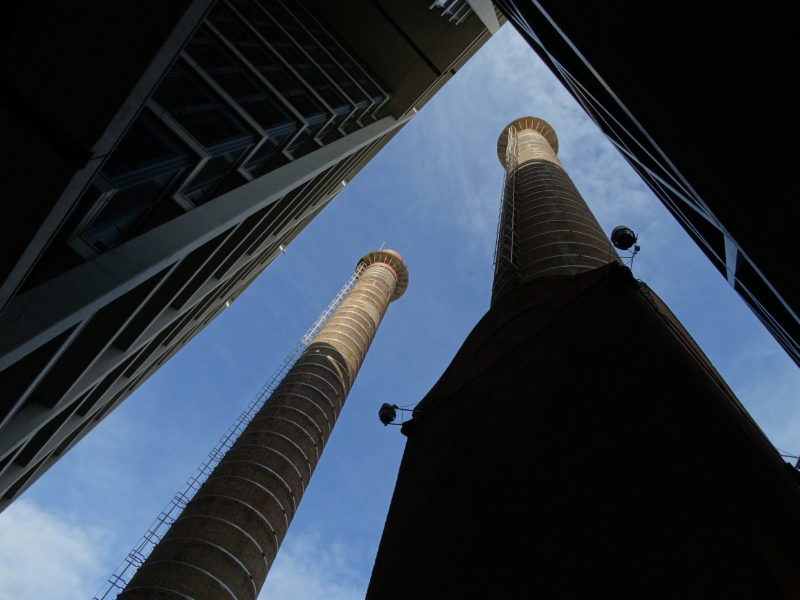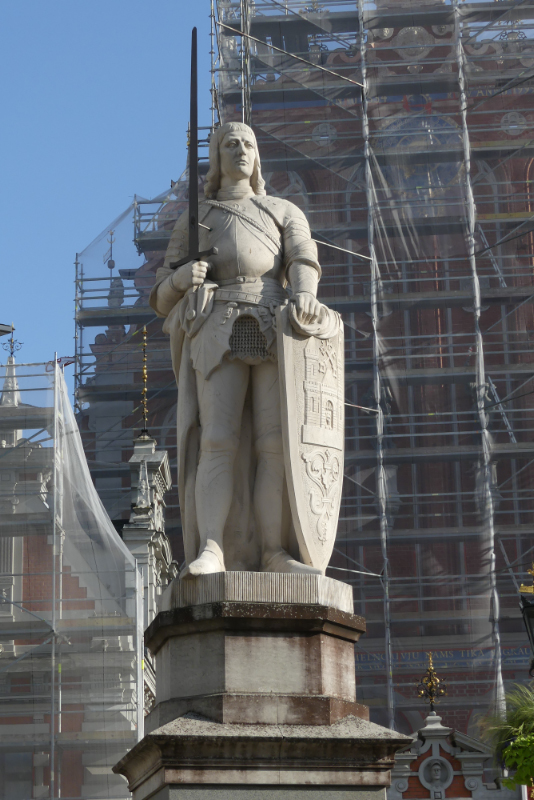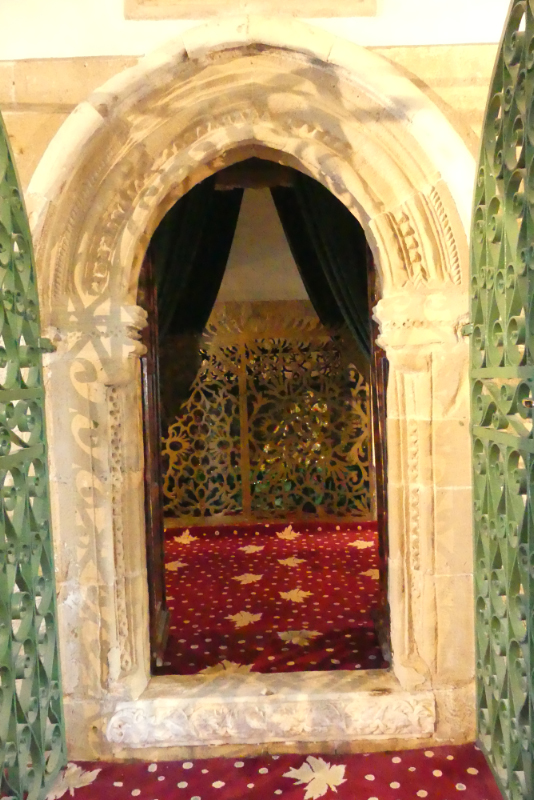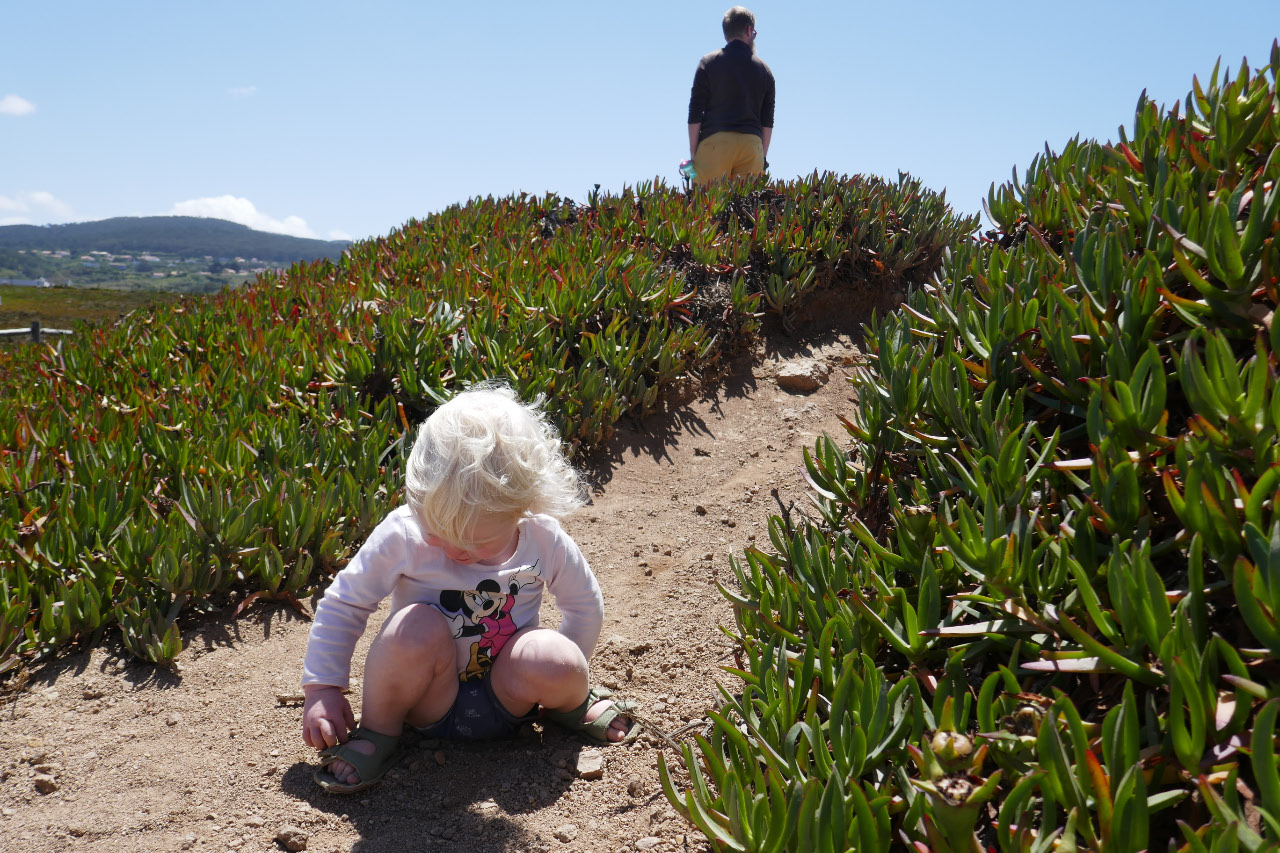Monday 5 to Friday 9 February
Monday 5 February
It was a delightful, still morning, but cold. We re-positioned at Almirante Brown Scientific Station. This is an Argentinian base which is only occupied during the summer months for maintenance and renovation. It appears that there will be some juxtapositions for land when the current Antarctic Treaty expires in 2046. If no other agreements are made before then, the countries that currently hold rights to protect portions of the continent may well make a grab of ownership and therefore exploratory rights to the minerals and oil hidden in its depths. Frightening.
The base was named after William Brown who was the father of the Argentine navy. It was established on 6 April 1951.
We started with an hour long zodiac excursion around the nesting area for Blue-eyed Stags and around Paradise Harbour. Somehow Bruce and I got separated, so I was on one zodiac and Bruce on a later one. When you are travelling as a couple and that is how everyone sees you – two together, it was quite a funny experience to be separated.
A two masted boat was sailing out. Summer is sailing season – you wonder how a small boat could make its way down here.
The harbour had been a favourite place for whalers because of its protection and abundant supply of water from the glaciers.
Above the station was a steep snowy climb to a peak overlooking Paradise Harbour. The harbour has icebergs and glaciers in it – really beautiful.
After a cursory glance around Brown Station, we climbed to the top of the peak (77m). Brown Station is on the only bit of the mainland we visited.
It was a steep climb and hard work through slushy, deep ice, so I was delighted when they suggested we could toboggan down on our bottoms. What a hoot. We set up the GoPro, but it wasn’t well placed. We will have to try it again, somewhere else.
Bruce finally caught up with me on the peak. He had toured the harbour with Scoby who was not as forth coming with information as the others. I had toured with Scott who loves this part of the world and shared his enthusiasm.
On the journey to our next stop we saw a family of Orcas near Wiencke Island. They were a family group with two juveniles and a baby. Once again, they put on a fantastic show – surely trying to outdo the Humpback whales we had seen the day before. I certainly outdid myself with nearly 1100 digital images – to find just one good one!
Out next planned stop was Port Lockroy in the Palmer Archipelago. We sailed through the Peltier Channel, another narrow and very windy passage with a sharp left turn at the end. The area was discovered by Charcot during his expedition of 1903-1905.
A British Research Station at Port Lockroy on Goudier Island was established 1944 but closed in the 1960s. It lay dormant and in disrepair for thirty years, until the UK Antarctic Heritage Trust renovated it and have people come down in summer. They run a gift shop and post office, as well as a museum of how life was here. They share the site with a lot Gentoo penguins and Blue-eyed Shags. I was highly amused to read the signs around the post office – directing human traffic in one direction and penguin traffic in another direction. Pity penguins can’t read, they clearly didn’t follow the signs.
This was another postcard opportunity for Hayden & Evan.
Because of limited numbers on Goudier Island we were also taken to Jougla Point on Wiencke Island. It was a muddy place with lots of penguins and their droppings. Whale bones reconstructing a carcass provided an interesting photo opportunity. The area was well protected therefore a favourite with whalers. For us it was windy and the coldest place we had visited, but that could be because the weather was about to change for the worse.
Tuesday 6 February
We travelled through the night and the sea was calm, but it was grey and wet in the morning.
The last ‘touring’ day was miserable. And worse because I slipped down some outside steps and knocked my spine. The doctor checked me out but no serious damage was done. I was well rugged up, which probably gave me some protection.
We were heading north, away from the Antarctic. As predicted, the planned activities were slowly cancelled.
First Hannah Point where we should have seen some Magellan Penguins was too wet and windy with very choppy seas to risk taking us out in the zodiacs.
Then Elephant Point was cancelled for the same reason.
They filled in the time with Gerard giving a lecture of ice and glaciers, then Annette giving a lecture on whales. Then of course it was time for lunch.
We had heard of other cruises where the weather had been so poor that only one or two landings had been possible. We had spent hours off the ship each day.
We went on to Deception Island which is a caldera with a sunken crater inside. Bruce and I had gone up top to take pics in the cold, wet and very windy conditions. Unfortunately, I was climbing down the stairs as we entered the narrow opening of Neptunes Bellows and as the boat rocked I slipped down the external metal steps. Jan, the Norwegian doctor took me to his office, but he could only find a slight scar on my back. I anticipate I will be stiff with bruising.
Bruce went ashore and climbed to the top of the most recent eruption in 1969, which is now a crater filled with ice.
It was at this location that the famous arctic dip happened – and yes, some silly people (going by their costumes) took to the chilly water.
Wednesday 7th and Thursday 8th February
After we left the island we went into rough seas and so it was for the return journey across the Drake Passage for a very long and exhausting 44 hours. High seas up to 7 metres and winds blowing at 50 knots. Even staying put in bed was a challenge, to say nothing of trying to negotiate your way to the bathroom in the cabin.
Bottles moved back and forth on the shelves in the bar, plates went flying in the dining room.
For dinner they brought all the hotel staff who were well enough in to help serve meals and hold on to us as we arrived and left. The chains that held the seats to the floor in the dining room took on a whole new meaning. Even so one lady at our table rolled off her chair and on to the ground during a particularly vicious roll of the ship.
The rocking and rolling of the ship didn’t let up. The horizon moved up and down as the ship rolled in the waves. The bow often ploughed into the sea, creating a splash over the whole ship. Doors to the decks were locked, it was too dangerous to venture out.
Many people simply didn’t appear over those two days, passengers, hotel staff and excursion staff were not seen.
They kept us entertained with lectures and movies but even the excursion staff had trouble standing at the podium.
We were told it wasn’t the roughest experience, but it was the longest.
The rough weather was an opportunity to catch up on stories and photos. I was happily sitting on my bed working away when my computer gave up. For the second time in this journey I was without a computer, and it would stay that way until after we reached home in March. The computer, which I had bought in Panama to replace my ageing ASUS was a mere 58 days old. Not happy HP.
Most people were taking sea sick pills which the doctor was handing out. Many also had patches. I am pleased to say that both Bruce and I travelled well without any medication.
We finally had sight of the land and the seas abated as we crossed the imaginary line that separates the Pacific and Atlantic Oceans, with Cape Horn in sight. We could just make out the monument and lighthouse, while Alex read the inscription, written by Sara Vial in December 1992, remembering the sailors who had not survived the crossing:
I am the albatross that waits for you at the bottom of the earth
I am the forgotten soul of the dead sailors who crossed Cape Horn
From all the seas of the world.
But they did not die in the furious waves.
Today they fly in my wings to eternity.
In the last trough of the Antarctic winds.
From there and up the Beagle Channel we were in calm waters. People returned to the dining room. Chatter was bubbly. Relief was clear in facial expressions. Yes, we had ‘Done the Drake’.
Our final evening included champagne and canapés, a speech from the captain, a parade of the staff and a moving speech by the excursion director, Alex, who asked us to be ambassadors for the wonderful continent of Antartica, that is so unique.
e_header.jpg)









































































